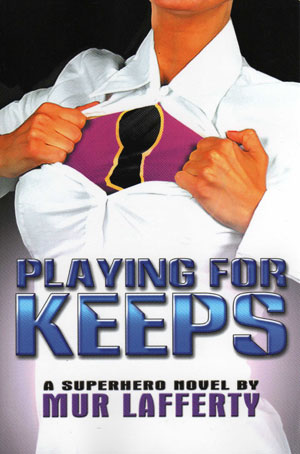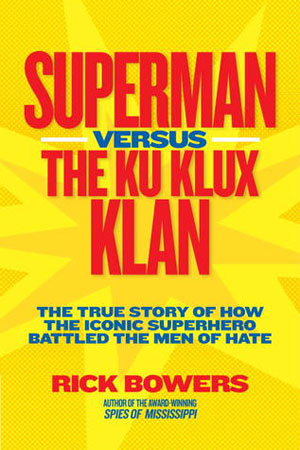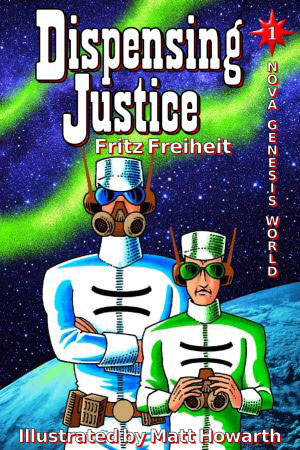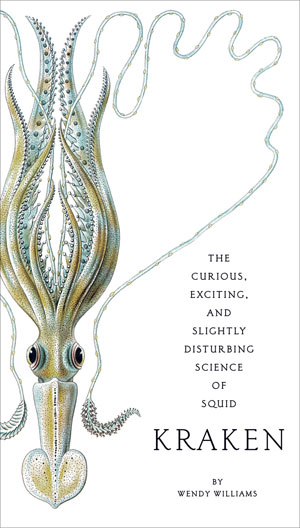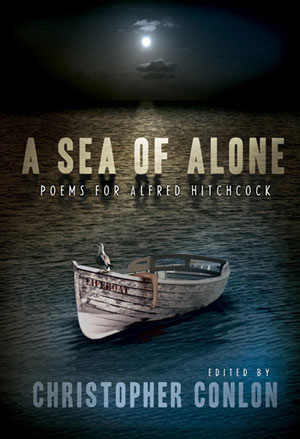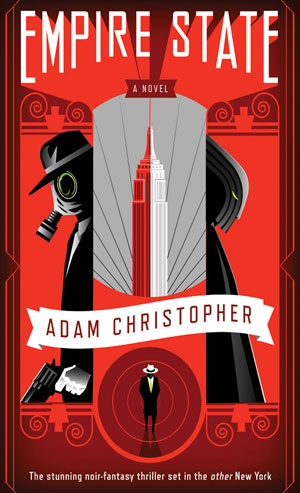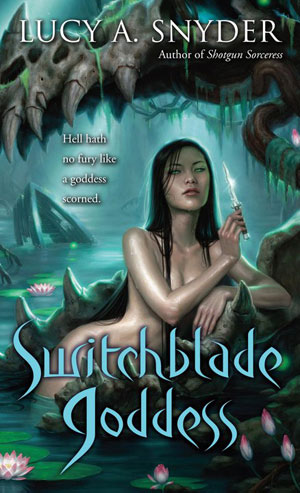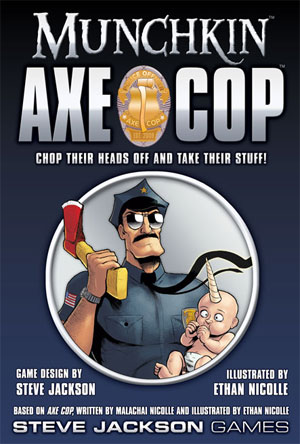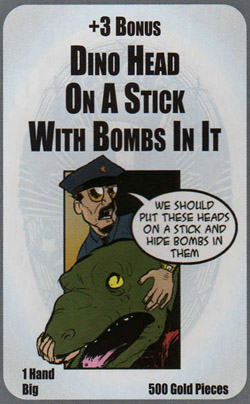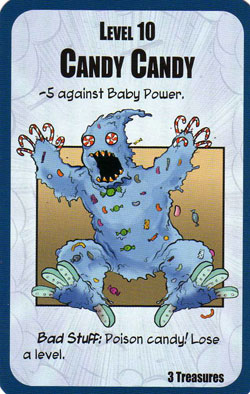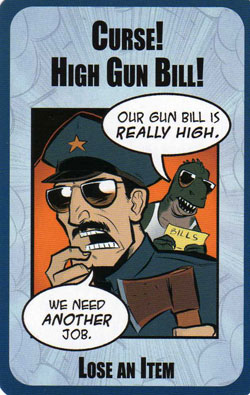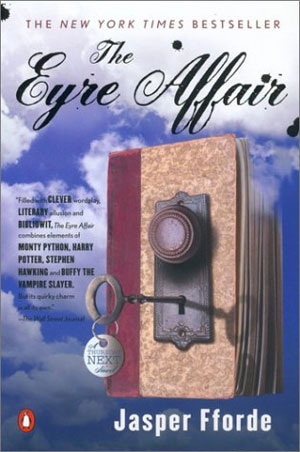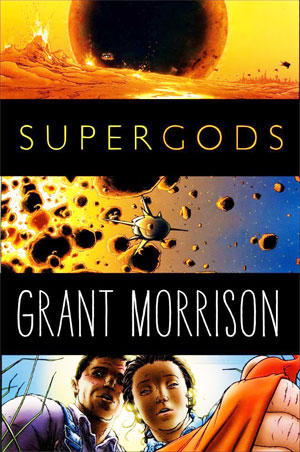Keepsing the Faith
Playing for Keeps by Mur Lafferty
Well, huzzah, finally a chance to review some more superhero prose fiction.
This one is “Playing for Keeps” by writer and podcaster Mur Lafferty. It was published back in 2008 and won the Parsec Award for Best Novel. It focuses on the heroes and villains of Seventh City — and on the Third Wavers, the people who have the most useless and ridiculous of powers. They’re legally banned from dressing up in costumes, taking superhero names, or fighting crime. They’re distrusted by civilians, ignored by villains, and held in utter contempt by the superheroes.
There’s Peter, who has a superpowered sense of smell; Tomas, who has superstrength in five-second bursts; Michelle, a waitress who can carry any tray, no matter how overloaded, without dropping it; Alex, who can heal one square inch of an injured person at a time; Collette, the world’s greatest chef; and Ian, who can shoot powerful jets of, well, poop.
And there’s Laura “Keepsie” Branson, our lead character, a bar owner whose power makes it impossible for anyone to steal anything from her.
The action gets started early when Keepsie is briefly kidnapped by a supervillain called Doodad, who secretly slips her a strange metal sphere. And then every superhero and supervillain in Seventh City is desperate to get that metal sphere away from Keepsie. What makes it so important? No one will tell her. But they’re all willing to dish out plenty of pain and suffering on any Third Waver who gets in their way. Will the Third Wavers discover the secrets behind the world’s superpowered beings? Will they be able to survive attacks by the most powerful people in the world? Will they be able to keep Seventh City from being destroyed?
Verdict: Thumbs up. Really enjoyable characters — Keepsie, Peter, Ian, Tomas, Michelle, really all the Third Wavers. And the villains, especially Clever Jack. And all the superheroes, even though you hate all of them and want them to die in agony. Good action scenes, too — as desperate and frantic as you’d expect from a bunch of people with lousy powers facing off against people with really good powers. Good dialogue — nothing spectacular, but I was happy with it.
And it’s a nice brainy story, too. All the Third Wavers have useless powers — but of course, they’re not all that useless. If they can be leveraged the right ways, they become very, very powerful. I’m not telling you what they can do, ’cause that’d spoil too much of the surprise. But it’s often really good and really unexpected.
If I’ve got any complaint, it’s that the setting is a lot bleaker than I generally prefer in my comics-based stories. I mean, society seems to be functioning pretty normally, but nearly every single superhero we’re introduced to is a psychotic, willing to torture the Third Wavers and murder scores of civilians. Laws have been passed to prevent anyone designated as a Third Waver from using their powers to fight crime, and even nicknames based on their powers are frowned upon. That’s a pretty dark, grim setting, once you think about it a little.
Still, that’s a small complaint for a story that is, on the whole, exciting, fun, engaging, dramatic, and grandly written. Go pick it up.
Comments off

